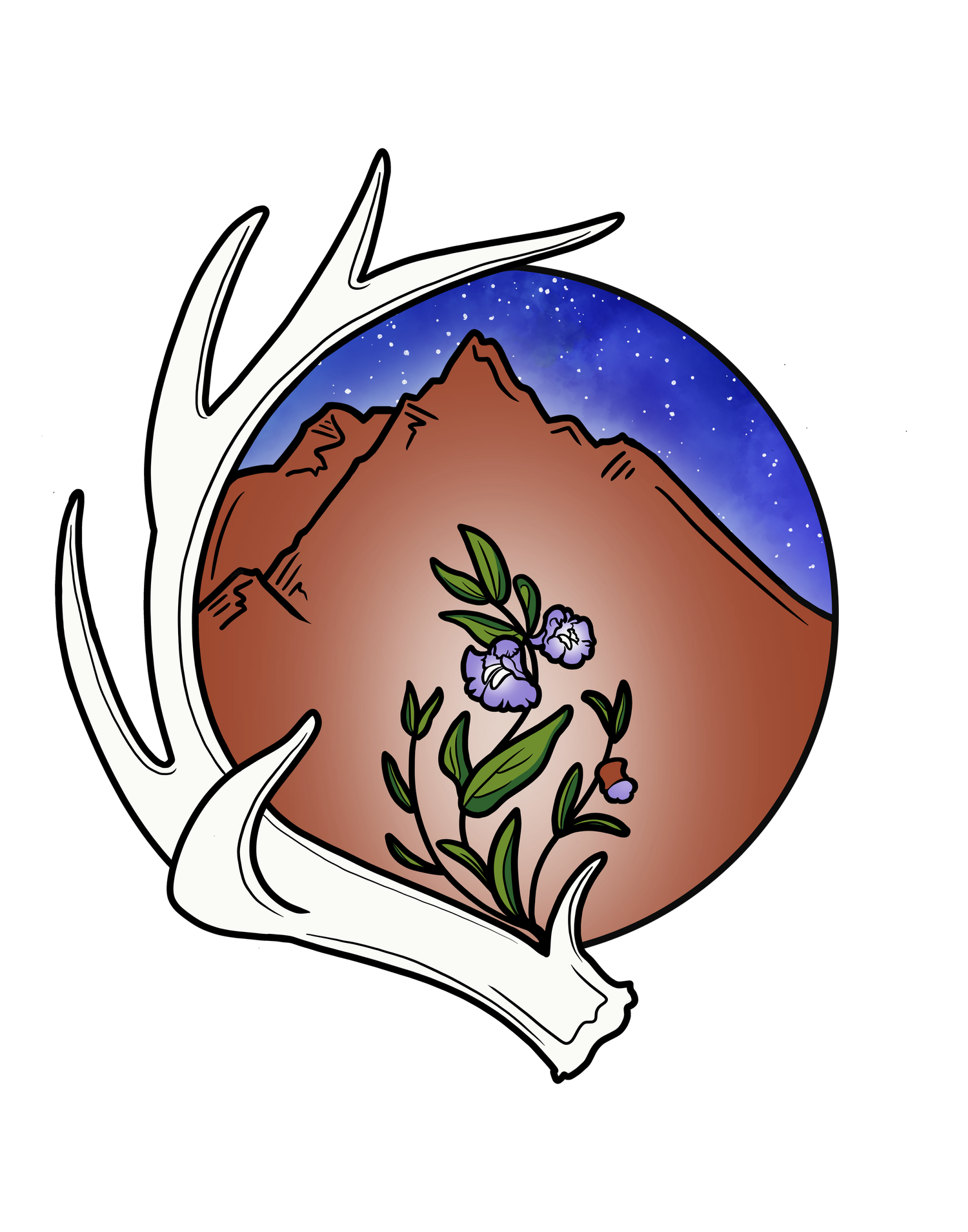The Essentials
Salves, Balms, and Ointments are all medicinal preparations involving oil and some sort of hardening agent, often a wax or resin. From there every medicine maker and their herbalist cousin may have a slightly different view. Some folks say that they are all distinctly different preparations, others that they're all the same darn thing. The one other commonality is that the oils used are often infused with herbs, or have herbal extracts added to them.
Given the folky nature of the medicine which these terms developed from, it's not surprising that they would tend to overlap or have multiple different meanings. What is perhaps more useful to think about is why you'd want to make a sticky, oily medicine in the first place.
The whole purpose is to get your herbs in a medium that will adhere to the skin long enough to have a healing or protecting effect. That's it. From there it's all semantics and how much beeswax you add. Below we've outlined a few of the common definitions surrounding these terms. But remember, it's not always cut and dry (in fact, it's often a bit sticky...)
Salve
An oily medicinal preparation for healing and relieving skin complaints. Salves can be soft to hard, but tend to be of a medium hardness. Sometimes considered interchangeable with 'ointment'. The term has two potential origins. In Latin salve meant "good health!" and was used as a greeting. In sanskrit sarpis meant "soft butter", possibly alluding to the consistency of a salve.
Basic notes and directions:
Any herbal infused oil can be used - just make sure there is no water in the oil before you go to make the salve. If you used fresh plant material to make youre infused oil, take a bit of time to heat the oil until the water has evaporated off.
For a medium-hard salve, use 1 part beeswax to 4 parts oil. For a softer salve, use 1 part beeswax to 5 or 6 parts oil. All parts are by volume
Example: 1 tablespoon of beeswax to 4 tablespoons (1/2 cup) or oil
Warm 1 cup herbal infused oil in a pot on low heat (you should be able to touch the sides of the pot, and keep your hands there for a few seconds).
Add in the beeswax, and slowly stir until melted
To test the consistency, dip in a spoon, and put it in a cool place. Wait a minute or two, and see if that consistency is what you desire. If not, add a little more oil to make it thinner, more beeswax to make it firmer.
Once the beeswax is fully melted, and while the mixture is still liquid, pour off into containers.
Keep in a cool, dry place out of the sun.
Balm
Another oily medicinal preparation, but usually thought of as a bit harder than a salve, and tends to be aromatic. Think lipbalm, tiger balm, etc. Sometimes considered interchangeable with 'ointment'. The word balm has it's origins in the Latin balsamum, Hebrew basam and Arabic bašām, all of which refer to the term "balsam". Balsam is the 'ye olde' term for an aromatic resin which comes from a plant.
Ointment
Yet another oily preparation for soothing the skin, but usually thought of as a bit softer than a salve or balm. Think of a salve with a lotion consistency and your on your way. Sometimes considered interchangeable with 'salve'. The word origin comes from the obsolete Old English verb 'oint' (to anoint), and Latin suffix 'ment' (which implies an action or result).
How to Learn More
Sign up for one of our medicine making classes, and learn how to make and use oils and salves.
OR
